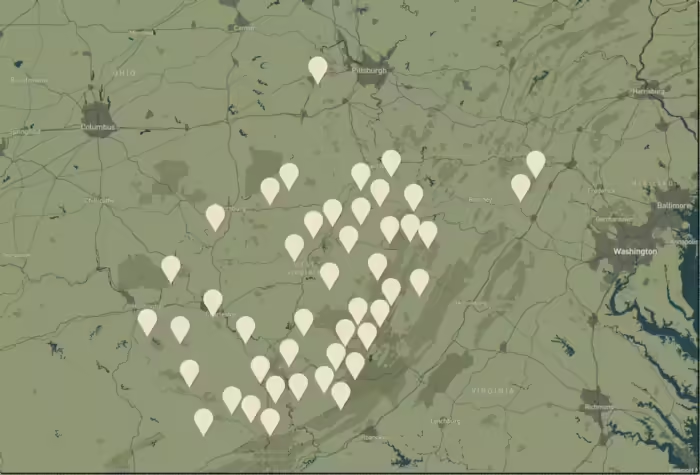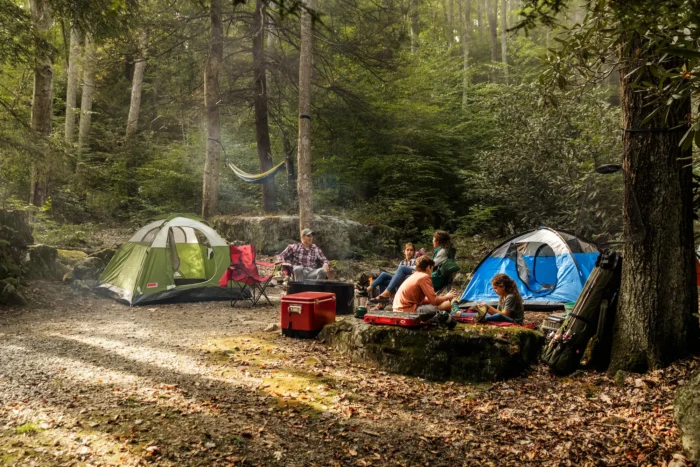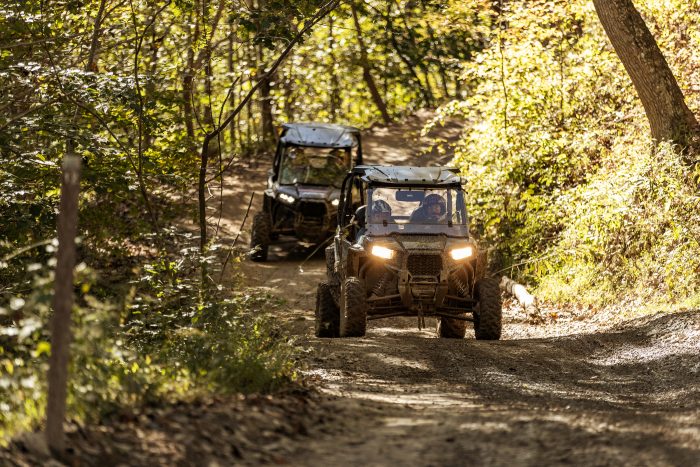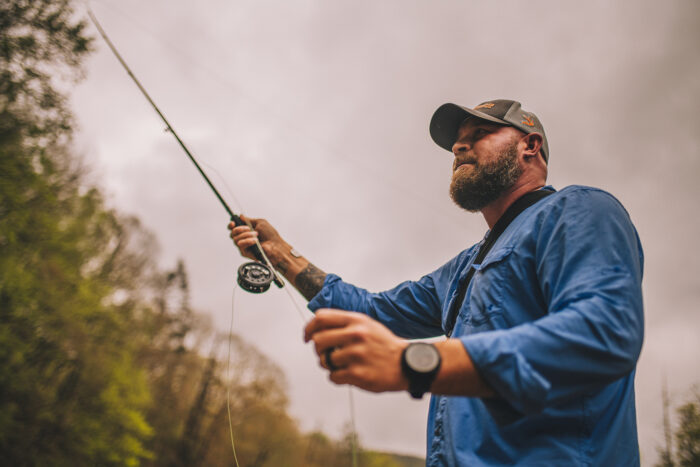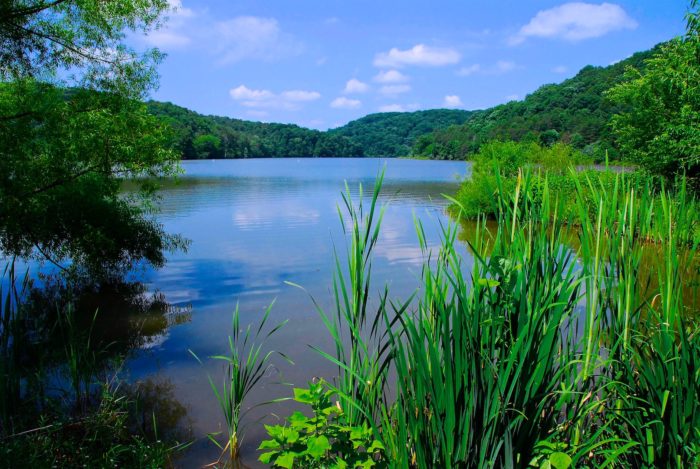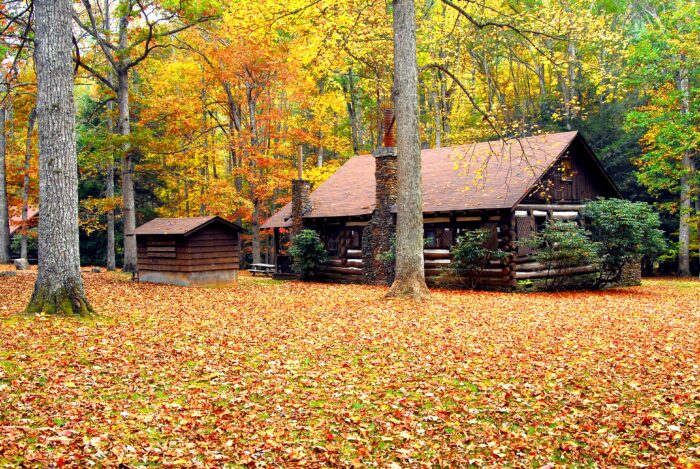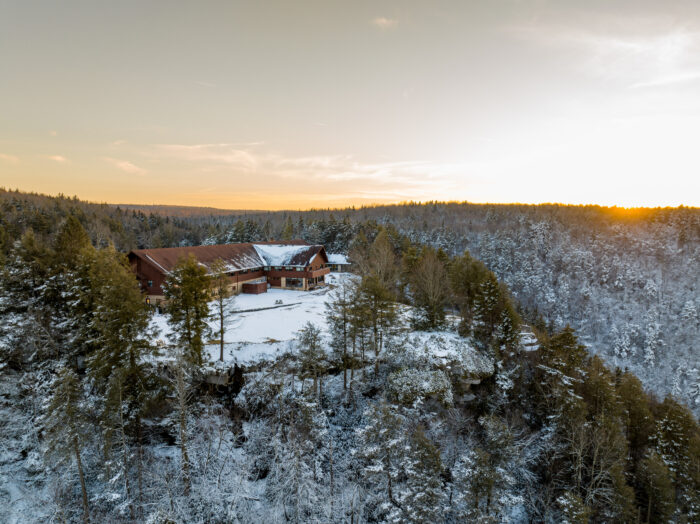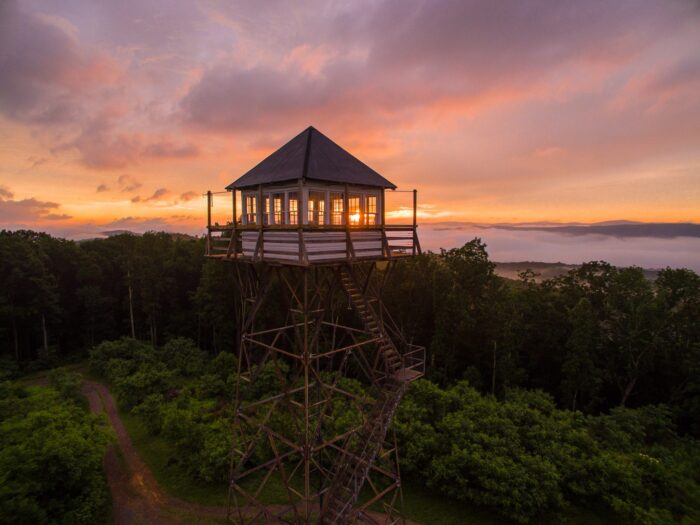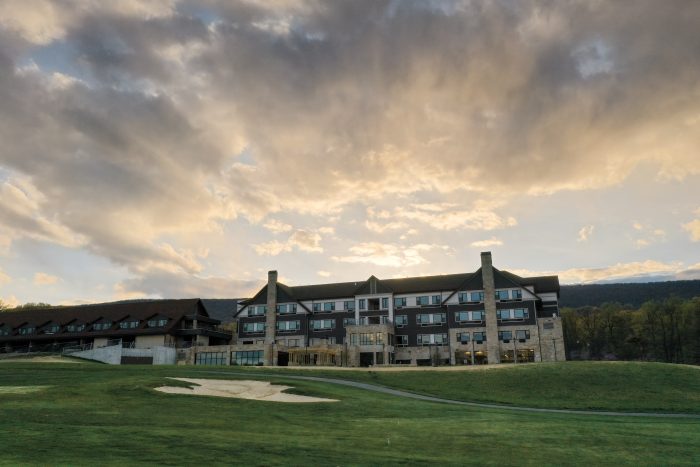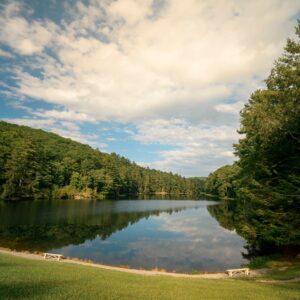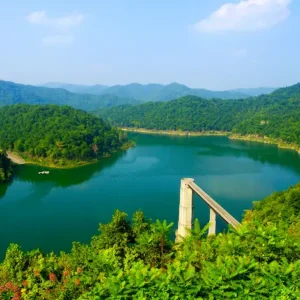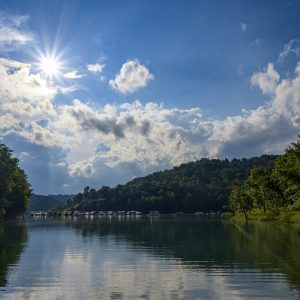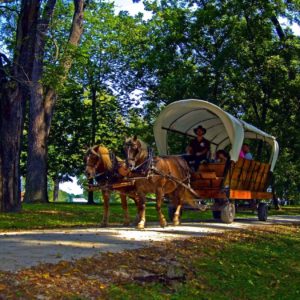10 interesting and historical facts you didn’t know about West Virginia’s state parks
Published: April 9, 2019There’s a lot to learn and discover at these state parks.
How well do you know our state parks and forests? Brush up on your history (and learn about some current park offerings, too) with these 10 interesting facts.

1. Many parks were built by the Civilian Conservation Corps.
Many of our earliest parks were built by the Civilian Conservation Corps, a New Deal program launched by President Franklin D. Roosevelt to create jobs for skilled workers during the Great Depression. Today, you can still visit or stay in the historic cabins, picnic shelters and other structures built by the “CCC Boys” at several parks, such as Babcock, Lost River, Watoga, Cacapon Resort
2. Droop Mountain Battlefield State Park is West Virginia’s oldest park.
Droop Mountain Battlefield State Park, was dedicated on July 4,
3. Tu-Endie-Wei State Park’s name was changed.
Tu-Endie-Wei State Park was originally called Point Pleasant Battlefield State Park to commemorate the soldiers who died in the 1774 Battle of Point Pleasant. The park’s name was later changed to reflect the Wyandotte Indian term for the “point between two

4. The Glade Creek Grist Mill at Babcock is both old and new.
The mill at Babcock State Park hearkens back to a bygone era, but it was actually built in 1976. Constructed out of parts of the old Stony Creek Mill from Pocahontas County and the Onego Mill from Pendleton County, the Glade Creek Grist Mill replaces the former Cooper Mill, which once operated in the area. Park guests can still experience a part of the mill’s past by purchasing cornmeal ground at this water-powered mill (available seasonally).
5. West Virginia State Parks have unique activities you won’t find anywhere else.
West Virginia State Parks have loads of traditional recreational offerings, such as hiking, fishing, boating, horseback riding

6. A famous bathtub at Berkeley Springs State Park is part of an annual festival.
Berkeley Springs State Park is known for its relaxing spa, but this park is part of the town of Berkeley Springs’George Washington’s Bathtub Celebration. This annual festival is a nod to the spring-fed pool where the young surveyor (and later, president) once bathed. Festivities include dollar sales, local history
7. The first West Virginia state park cabins were rented in 1937.
Weekly rates ranged from $10 for two occupants to $30 for six. Today, the cabins at our state parks and forests remain some of the most affordable places for vacation lodging, not only in West Virginia but across the country. Check our website for special deals available throughout the year.
8. There used to be a state park lodge at Cheat Lake.
Have you ever heard of Mont Chateau State Park? This former state park, set on the shores of Cheat Lake, was in operation from 1958 to 1977. Today, the old lodge building houses the West Virginia Geological and Economic Survey and the Museum of Geology and Natural History. And you can still see the old Mont Chateau name on the building. The land also provides access from Cheat Lake to the Coopers Rock State Forest trail system.

9. Some state parks have many unique lodging opportunities.
Accommodations at state parks typically consist of lodges, cabins or campgrounds. But if you’re looking for a truly unique experience, try the yurts at Tomlinson Run State Park, the fire tower at Seneca State Forest, or the restored company houses at Cass Scenic Railroad.
10. The park naturalist program was started in 1958.
Park naturalists are an important part of our parks system! The program was started when Blackwater Falls State Park hired local science teacher Harold Walters as a naturalist and recreation director for the summer season of 1958. The program was so popular that it soon became a fixture at parks throughout the state. Today, many park naturalists host interpretive hikes and nature programs all year long.
There are many more interesting and historical facts about West Virginia’s state parks. All you need to do is explore one for yourself. Pick your park and start planning your West Virginia trip today!
Book Now

